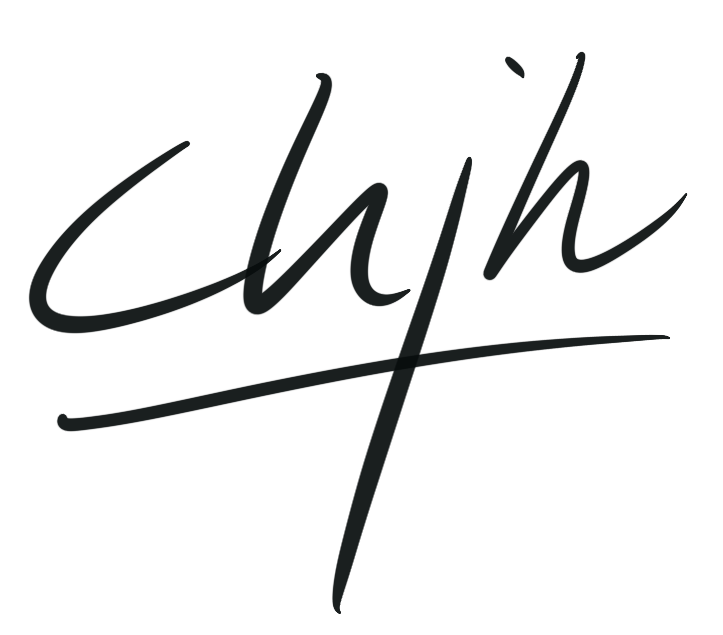False claims of copyright and STM
Recently, I have become interested in the issue of false claims of copyright (i.e., copyfraud) in publishing. I just wrote to the publisher’s association (STM) to ask them what their perspective is on copyfraud is and whether they condone such behavior by their member associations. Read my letter here. I will update this blog when I get a response.
An example of copyright is this index page from the Lancet, published in 1823. Let’s assume copyright for this index page was actively registered and that it received protection under copyright legislation (copyright was not automatic before the 1886 Berne Convention). That would mean the duration of copyright would have to be at least 192 years for this claim to be valid! Even under the current situation, copyright does not last that long for organizations (if I am correct, it is around ~120 years).
Regretfully, it is easy for a rightsholder to legally pursue someone who violates their copyright, but when someone falsely claims to be a rightsholder the public cannot fight back in the same way. This is an inherent asymmetric power relation in copyright. The World Intellectual Property Organization (WIPO) does not provide a way to easily report potential copyfraud it seems and I would like to call on them to make this possible. Opening up a way to reliably report it at least allows everyone to get a better view on how often copyfraud might occur. Even better, form a legislation that empowers the public to fight back against copyfraud.
Copyfraud is a widespread problem that does not only occur with old works, but also with for example works by U.S. federal employees, which are uncopyrightable under United States federal law 17 U.S. Code § 105). Recent articles by the 44th President Barack Obama have been illegally copyrighted and yet all we can do is ask nicely that they remove the copyright notice.

Comments ()